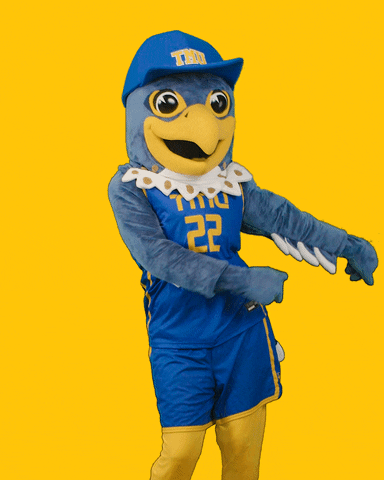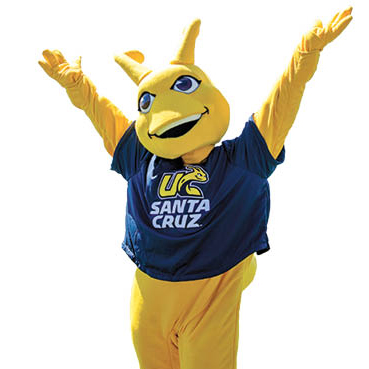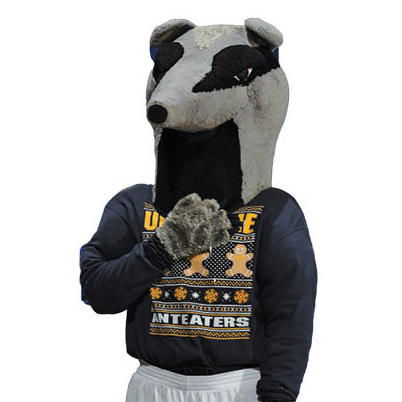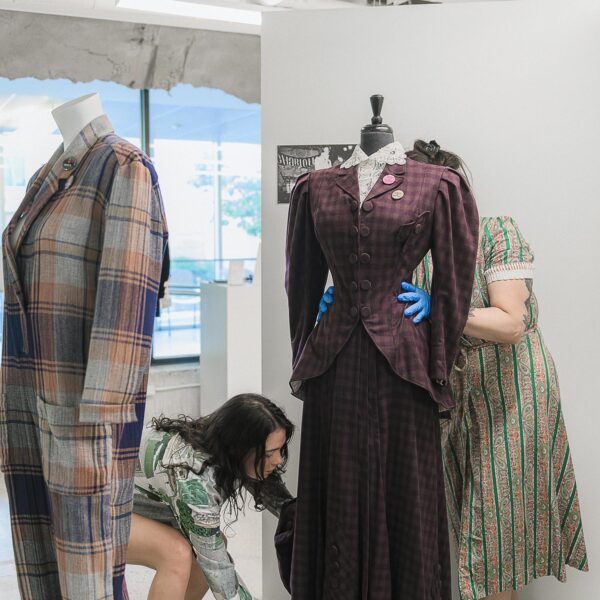A university’s mascot is a celebration of its spirit and character. Following TMU’s renaming, it was important to find a new mascot that unifies the community and represents the institution’s core values.
Four rounds of community consultations were held over two years that led us to Frankie the Falcon, who is a symbol of the university’s bold vision for its future. The selection of a new team name and mascot was one of the 22 recommendations put forward in a report by the Standing Strong Task Force in August 2021 to guide commemoration at TMU and address the legacy of the university’s former namesake. The report called for the university to reconsider the mascot “Eggy” or Egerton the Ram, which had been the mascot since 1961.
In August 2022, the Ryerson Rams were renamed the TMU Bold and the falcon was adopted as our new mascot. The falcon was recommended nearly 40 times by community members during the consultation process. The peregrine falcon is commonly found in southern Ontario, and the bird is known to represent vigilance, strength and bravery—qualities that TMU aspires to embody.
Three names for the mascot were shortlisted by an advisory committee from over 1,200 suggestions from community members and then put forward to the community for a vote. In addition to being the only alliterative option, Frankie was a top choice for being gender-neutral. Its origins also resonated with the university’s values: to be frank is to be free, open-minded and bold.
The name is a nod to the university’s next chapter and its mission to acknowledge the lived experiences of Indigenous community members. As TMU works intentionally to be frank about our past in the spirit of seeking and telling the truth, Frankie the Falcon marks a turning point for the institution while being friendly, familiar and approachable.
Fun facts about falcons
- Falcons have adapted cardiovascular and respiratory systems that allow them to beat their wings up to four times per second.
- Peregrine falcons are the fastest animal on record and can fly as fast as 389 kilometres per hour.
- During the Second World War, falcons intercepted pigeons that were trained and used to transmit messages and carry out surveillance.
- Peregrine falcons migrate nearly 30,000 kilometres per year, travelling between continents to mate or find food.
- Falcons use their beaks to kill prey, unlike other birds that use their talons or claws.
- Scientists estimate that falcon vision is eight times better than humans. This allows the birds to spot small prey from nearly two miles away
More mascot names
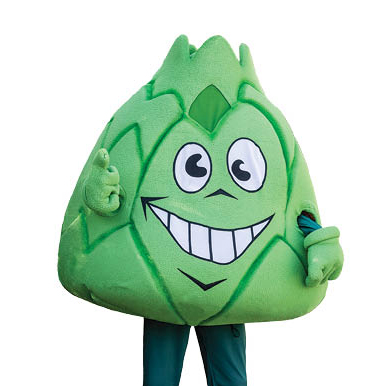
Artie the Artichoke
Scottsdale Community College, Arizona
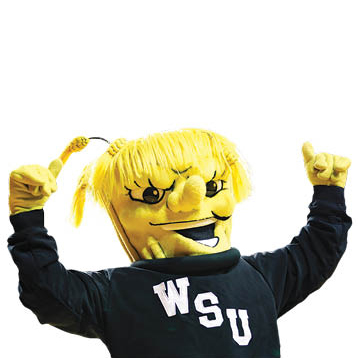
Wushock the Wheat Stalk
Wichita State, Kansas


